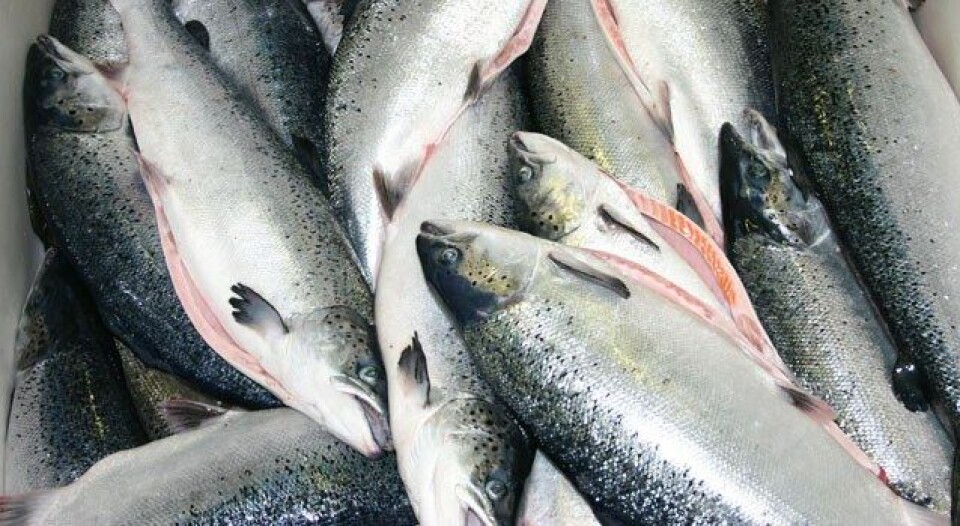
Sterile salmon headline genetic event
A project that has successfully created sterile salmon by mutating genes responsible for germ cell development in fish larvae was one of the highlights of the first day of Aquaculture Europe 2016.
The event, which is taking place in Edinburgh this week, featured a large session on applying genetic and genomic techniques in aquaculture research.
Contributing to the session included using genetic profiling to assess fish health parameters such as temperature sensitivity, disease resistance and stress responses; determining growth related signatures to improve cultured Pacific bluefin tuna broodstock; or assessing the effects that plant-based diets have on growth rates.
However, one particularly pressing issue plaguing commercial aquaculture is the effect of escapees on the genetic diversity of wild populations.
But a team of researchers at the Institute of Marine Research (IMR) in Bergen Norway is getting closer to helping solve this problem.
Genetic engineering shows tremendous potential
Called "Salmosterile", the project aims to develop a molecular method to induce sterility in salmon.
Presenting the research, Dr Lene Kleppe, a post doctoral research at IMR, explained how sterility can be induced by mutating genes (survival factors) responsible for germ cell (ovary or testes) development in fish larvae.
As Kleppe explained, the potential interbreeding and reduction in genetic diversity by escapees is one of the major bottlenecks in expansion of salmon aquaculture. Additionally, precocious puberty (early onset of sexual maturation) presents a problem for the industry as this results in reduced filet quality, reduced growth and decreased immunocompetence.
Current methods to induce sterility include using pressure to produce triploid eggs - however, these fish are often sensitive to suboptimal conditions including increased temperature. Therefore, the group is trying to develop another method using state-of-the-art genetic techniques that might produce a more robust sterile fish.
One technique uses an extremely precise way of genetic modification, called CRISPR/cas9 - which is basically a way of editing a gene by changing up to a single nucleotide (analogous to erasing one letter in a book). First the researchers identified 200 genes specifically expressed by the gonads of salmon. Then using the CRISPR/cas9 system, they looked at whether knocking out that gene will render the fish sterile.
And so far, the results look very promising.
Knocking out the 'dead end' gene, the team has been able to induce sterility in salmon - mutant fish had no ovary tissues and there was no expression of germ cell markers.
The research team is also looking at developing a vaccine that would result in sterility. Preliminary results for this technique are very promising.
Looking at bugs in the skin and gut
Another important aspect for the aquaculture industry is maintaining healthy populations of fish.
Researchers at Swansea University in Wales are investigating the impacts of stress on the microbiome (bacterial populations) in salmon.
Dr Tamsyn Webster, a post doctoral researcher at Swansea, described how knowledge of the gut and skin microbiome is valuable for understanding susceptibility to infection, and for management of stress and disease in aquaculture.
Her research has been looking at how bacterial populations differ between wild and hatchery-raised fish, and how stressors can have significant and long-lasting effects on the microbiome of fish.
She analyzed the population structures of microbiomes by sequencing the 16S ribosomal subunit of bacteria from the skin and gut of fish either captured from the wild or from hatcheries.
Her results indicate a very different bacterial composition in the different populations, and specifically, that the diversity of the microbiome is much higher in wild fish. Furthermore, there appears to be a positive correlation between the bacterial diversity and the genetic diversity of the host fish.
Although preliminary, this work will help aid in understanding the importance of the microbiome of fish in disease resistance and overall health.






















































